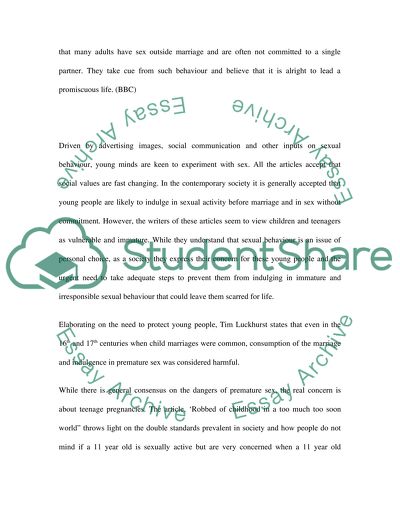Cite this document
(“How Sexuality is Simultaneously a Personal, Social, Structural, Essay”, n.d.)
How Sexuality is Simultaneously a Personal, Social, Structural, Essay. Retrieved from https://studentshare.org/gender-sexual-studies/1543159-we-can-understand-sexuality-to-be-simultaneously-personal-social-structural-and-historically-and-culturally-specific-discuss-this-statement-in-the-light
How Sexuality is Simultaneously a Personal, Social, Structural, Essay. Retrieved from https://studentshare.org/gender-sexual-studies/1543159-we-can-understand-sexuality-to-be-simultaneously-personal-social-structural-and-historically-and-culturally-specific-discuss-this-statement-in-the-light
(How Sexuality Is Simultaneously a Personal, Social, Structural, Essay)
How Sexuality Is Simultaneously a Personal, Social, Structural, Essay. https://studentshare.org/gender-sexual-studies/1543159-we-can-understand-sexuality-to-be-simultaneously-personal-social-structural-and-historically-and-culturally-specific-discuss-this-statement-in-the-light.
How Sexuality Is Simultaneously a Personal, Social, Structural, Essay. https://studentshare.org/gender-sexual-studies/1543159-we-can-understand-sexuality-to-be-simultaneously-personal-social-structural-and-historically-and-culturally-specific-discuss-this-statement-in-the-light.
“How Sexuality Is Simultaneously a Personal, Social, Structural, Essay”, n.d. https://studentshare.org/gender-sexual-studies/1543159-we-can-understand-sexuality-to-be-simultaneously-personal-social-structural-and-historically-and-culturally-specific-discuss-this-statement-in-the-light.


